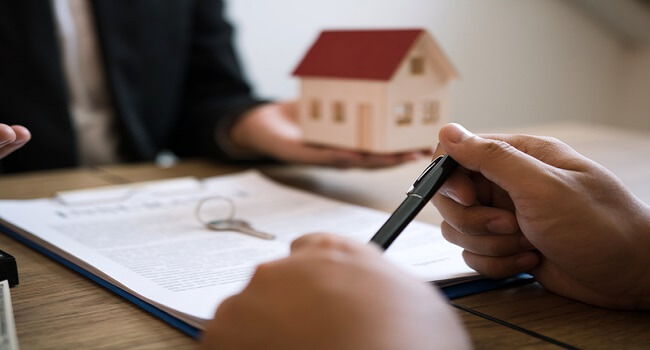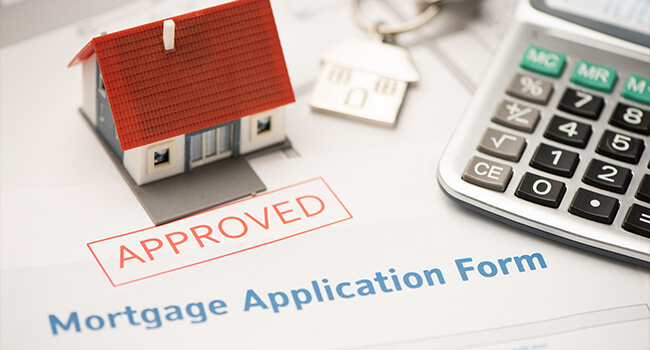How to build a 10 star home in Australia?
The Nationwide House Energy Rating Scheme (NatHERS) is a star rating system based on the estimated energy use of a home. The star ratings reflect aspects of the property such as the home's construction, local climate, and orientation on the block. The higher the star rating (out of ten), the more energy-efficient a home is.
New houses and apartments must have at least a 7-star NatHERS rating, which is an increase from the previous 6-star requirement. A more energy-efficient home helps the environment while saving homeowners an estimated $183 on their power bills.
Even though a 7-star rating is the new minimum, some homeowners are aiming higher; all the way to 10. For a home to be 10-star energy-rated, it should be extremely energy-efficient, comfortable year-round, and with limited or no mechanical cooling or heating.
Constructing a 10-star NatHERS home is a tough task for house architects and builders especially in the harsh Australian climate. Houses must be carefully designed to meet exacting criteria.
What to consider when building a 10-star NatHERS home
A home’s energy rating is affected by the use of artificial heating and cooling. The less mechanical or artificial heating and cooling used to keep the home comfortable, the more energy efficient it is.
Because a large percentage of home energy consumption comes from heating and cooling, you must consider the following when building your 10-star NatHERS home:
Insulation
A properly insulated home can save up to 50% in heating and cooling costs. Insulation creates a barrier to heat flow which is key to keeping the home at a comfortable temperature regardless of the season. It keeps the heat in during cold seasons, and cool during warmer months.
Installing insulation is one of the most cost-effective ways to make an energy-efficient home. To fully insulate your home, you must install insulation on the roof, floors, and walls. Match the level and type of insulation of your home to the climate of the area.
Shade
Outdoor shade is important when you want to keep your house cool and comfortable. Shading a wall or roof surface can significantly reduce summer heat gained by direct sunlight. Adding trees and other vegetation around the home can add much-needed shade to the house. Having awnings and curtains pulled down during summer can also block out the sun.
Air leakage
Air leakage happens when conditioned air from inside the house escapes and outside air enters. This happens uncontrollably when there are cracks or openings in the home. Having too many air leaks means it makes it harder to heat or cool the home which ups energy use.
By sealing air leaks, homeowners can save up to 25% off their energy bills. Installing fans and vents that close automatically can make it easier to control airflow through the house.
Home orientation and layout
The orientation of the house affects how much sunlight it gets. For maximum energy efficiency, homes should be built in the best orientation relative to its location. Usually, energy-efficient homes are built facing north. This is to ensure the home catches radiant heat during the winter and shaded during the summer.
Your home’s layout is also a crucial factor when building an energy-efficient home. The NatHERS website has plenty of free energy-efficient house plans for you to choose from.
Tips to get a 10-star NatHERS rating for your home
Getting a 10-star rated NatHERS home is no easy feat. Your home should be energy efficient without sacrificing the comfort and the quality of life of those residing on the property. Here are some useful tips you should keep in mind when building your energy-efficient house:
Consult with architects and builders
Before anything else, you need to get in touch with building experts. This means talking to architects or builders who specialise in constructing energy-efficient houses in Australia. Do your research to see the top architects or builders in your area.
Get energy-efficient lighting and appliances
Appliances make up about a quarter of home energy use. By choosing more energy-efficient lighting and appliances you can greatly reduce your home’s energy consumption and save money on your monthly bills.
Install renewable energy sources
Instead of a gas range or coal-fired electricity, you can make your home more energy-efficient by opting for more sustainable alternatives. Consider installing rooftop solar panels to power your home. These panels produce no carbon emissions making them a cleaner and more eco-friendly solution.
Use sustainable construction materials
A home’s construction is also taken into consideration when rating a home's energy efficiency. When building your home, it’s best to use sustainable materials to lessen the overall environmental impacts of construction and reduce waste.
Build the home of your dreams with a green home loan
Finance your energy-efficient house with ease using loans.com.au’s green home loan! Enjoy discounted green rates for homes with a NatHERS rating of 7 stars and above, no ongoing fees, and other incredible loan features.
Learn more by scheduling an appointment with our friendly lending specialists. Or start your energy-efficient home construction journey and apply online today!
About the article
As Australia's leading online lender, loans.com.au has been helping people into their dream homes and cars for more than 10 years. Our content is written and reviewed by experienced financial experts. The information we provide is general in nature and does not take into account your personal objectives or needs. If you'd like to chat to one of our lending specialists about a home or car loan, contact us on Live Chat or by calling 13 10 90.




















